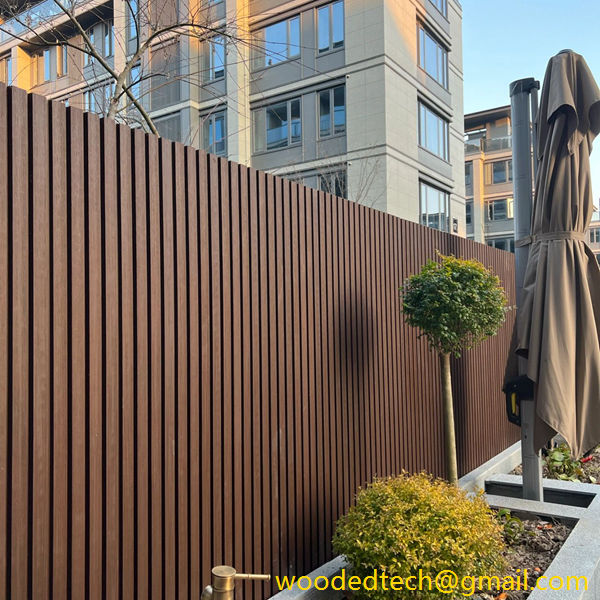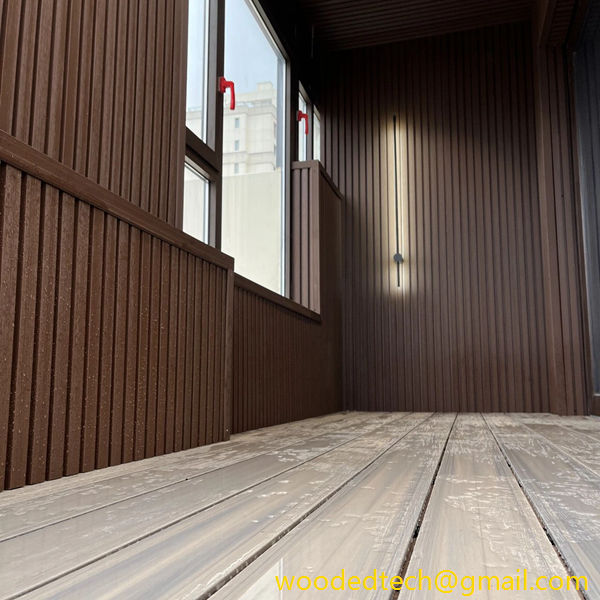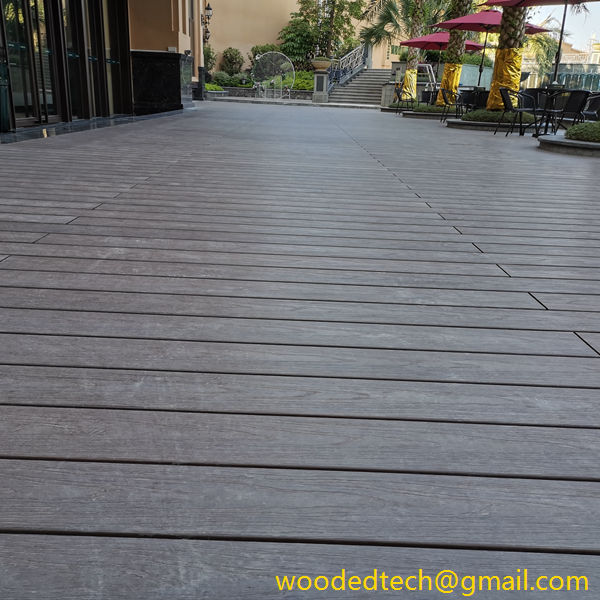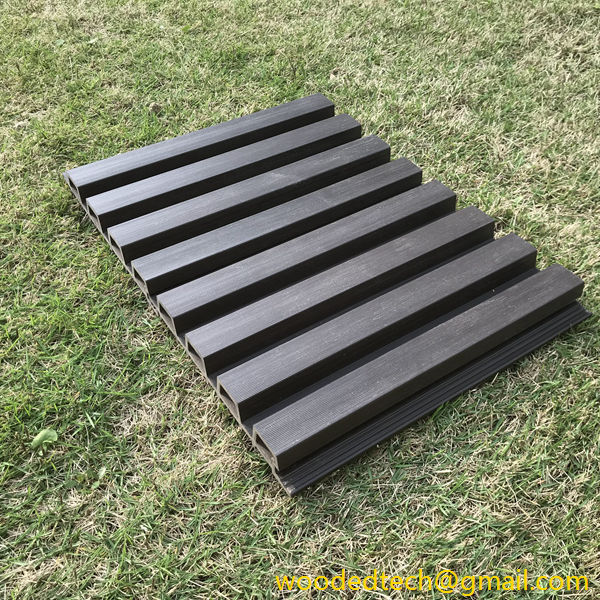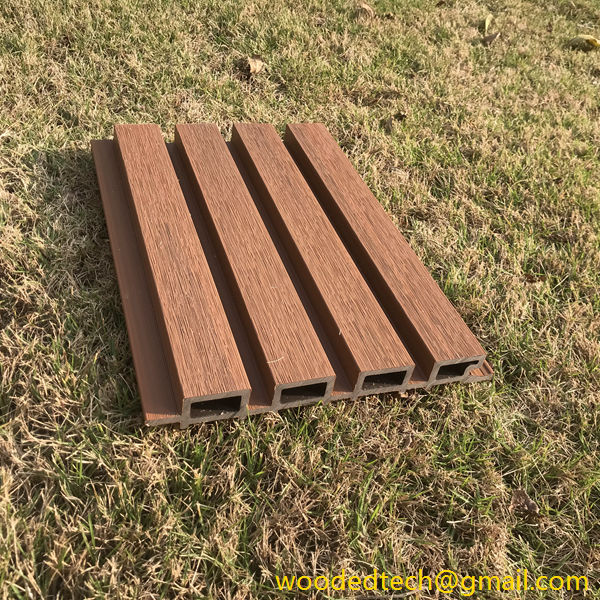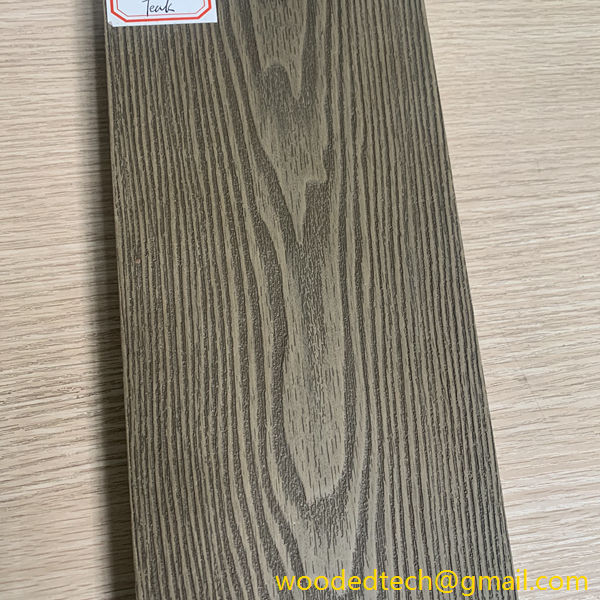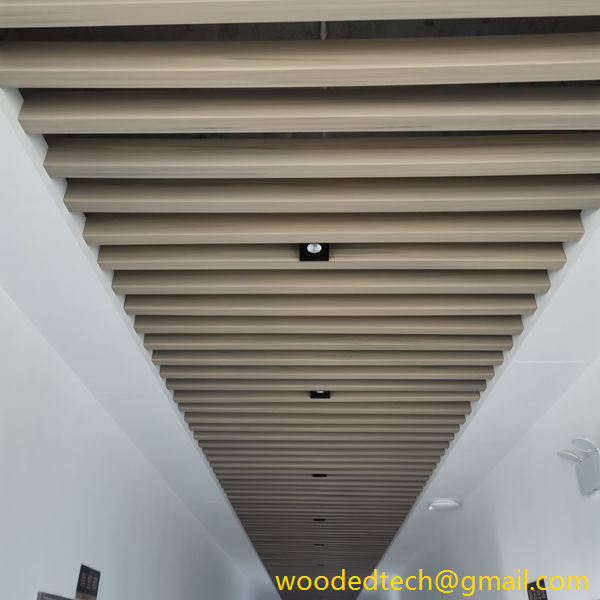WPC 3D Model: Visualize Your Project with WPC 3D Model Designs
WPC 3D Model: Visualize Your Project with WPC 3D Model Designs WPC, or Wood Plastic Composite, has gained significant popularity in various industries due to its versatility and durability. One of the most exciting advancements in WPC technology is the use of 3D modeling for project visualization. WPC 3D models allow architects, designers, and builders…
WPC 3D Model: Visualize Your Project with WPC 3D Model Designs
WPC, or Wood Plastic Composite, has gained significant popularity in various industries due to its versatility and durability. One of the most exciting advancements in WPC technology is the use of 3D modeling for project visualization. WPC 3D models allow architects, designers, and builders to visualize their projects in a detailed and realistic manner. This process not only enhances the creative aspect of design but also simplifies installation and project management.
When embarking on a construction or design project, visualizing the end product is crucial. Traditional methods of visualization, such as sketches or 2D drawings, often fail to convey the true essence of a project. This is where WPC 3D models come into play. They provide a three-dimensional representation of the project, allowing for a more comprehensive understanding of how the final product will look and function.
One of the most significant advantages of using WPC 3D models is the ease of installation. The installation process can often be complex and time-consuming, leading to delays and increased costs. However, with a well-designed 3D model, installers can clearly see how each component fits together. This clarity reduces the likelihood of errors during installation, making the process smoother and more efficient.
Moreover, WPC 3D models enable project teams to collaborate more effectively. In a typical construction project, multiple stakeholders are involved, including architects, engineers, contractors, and clients. Each party has its own perspective and requirements, which can sometimes lead to miscommunication and misunderstandings. By utilizing WPC 3D models, everyone can visualize the same design, ensuring that all parties are on the same page. This shared understanding fosters better communication and collaboration, ultimately leading to a more successful project outcome.
Another benefit of WPC 3D modeling is the ability to conduct virtual walkthroughs. These interactive simulations allow stakeholders to experience the project as if they were physically present. Virtual walkthroughs can help identify potential design flaws or areas for improvement before construction begins. This proactive approach not only saves time and resources but also enhances the overall quality of the project.
In addition to aiding in installation and collaboration, WPC 3D models can also serve as powerful marketing tools. For businesses involved in the sale of WPC products, having high-quality 3D models can significantly enhance their marketing efforts. Potential clients can view lifelike representations of products in various settings, making it easier for them to envision how these products will fit into their own projects. This visualization can lead to increased sales and customer satisfaction.
Furthermore, WPC 3D modeling can be integrated with other advanced technologies, such as augmented reality (AR) and virtual reality (VR). These technologies take visualization to the next level by allowing users to immerse themselves in a virtual environment. For example, clients can use AR to visualize how a WPC deck would look in their backyard before making a purchase decision. This level of interactivity not only enhances the customer experience but also helps businesses stand out in a competitive market.
The process of creating WPC 3D models has also become more accessible due to advancements in software and technology. There are numerous user-friendly software programs available that allow designers to create detailed 3D models with relative ease. Even those with limited technical skills can generate impressive visualizations, making it possible for a wider range of professionals to leverage this technology.
Moreover, many software solutions offer libraries of pre-designed components, including various WPC profiles, textures, and colors. This feature allows users to quickly assemble their models without starting from scratch. By providing a robust set of tools and resources, these software packages streamline the design process and ensure that projects can be visualized accurately and efficiently.
Additionally, the ability to easily modify and update WPC 3D models is a significant advantage. As projects evolve, changes may need to be made to the design. With traditional methods, this could require redrawing plans or creating new sketches. However, with 3D modeling software, modifications can be made quickly and easily. This flexibility allows designers to adapt to changes without significant delays, ensuring that projects remain on schedule.
In conclusion, WPC 3D modeling represents a transformative approach to project visualization in the construction and design industries. By offering detailed and realistic representations of projects, these models enhance the installation process, improve collaboration among stakeholders, and serve as valuable marketing tools. The integration of advanced technologies such as AR and VR further elevates the visualization experience, making it more interactive and engaging. With user-friendly software solutions making 3D modeling accessible to a broader audience, the future of WPC design looks bright. Embracing this technology not only leads to better project outcomes but also positions businesses to meet the evolving demands of the market effectively. As WPC continues to grow in popularity, the adoption of 3D modeling will undoubtedly play a crucial role in shaping the future of construction and design.

